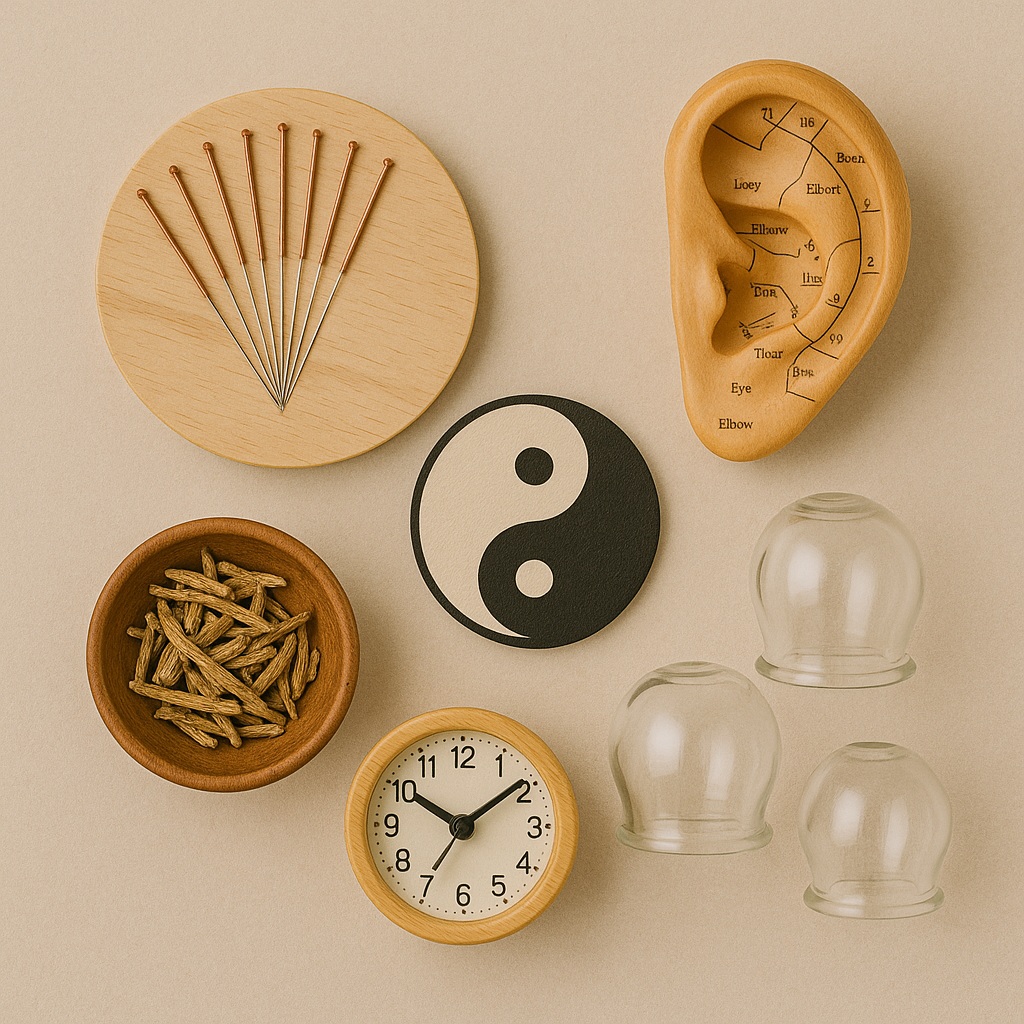East Asian Medicine includes acupuncture from China, Japan, and Korea, as well as Chinese herbal medicine. It also involves tools like moxibustion, cupping, and gua sha. Modern techniques, such as electrical stimulation and lab report analysis, complement traditional practices. These approaches allow practitioners to tailor treatments based on individual needs.
Japanese Acupuncture
Acupuncture has evolved in Japan for thousands of years. After World War II, many Japanese acupuncturists integrated Western medical knowledge, combining Eastern and Western methods. This approach focuses on palpation to identify treatment points and contributing factors. The needling technique is gentle and precise, often delivering immediate results during treatment.
Functional Medicine and East Asian Medicine
Functional Medicine identifies the root causes of disease by examining interconnected organ and endocrine systems. For example, digestive issues can affect mood and memory, and thyroid imbalances can lead to digestive problems. Integrating Functional Medicine with East Asian Medicine enhances the understanding of health conditions and supports patient care through both traditional and modern practices.
Nutrition and Dietary Consulting
Nutrition is critical for maintaining health. Using tools like tongue and pulse diagnosis, palpation, and lab testing, practitioners create personalized dietary plans. These plans help regulate bodily functions and promote recovery, forming the foundation of many therapeutic strategies.
Acupuncture for Pain Management
Acupuncture has provided pain relief for over two millennia. Studies show that acupuncture improves circulation, reduces inflammation, and enhances nerve function. As a result, it has gained recognition as a safe alternative for pain management, especially as an alternative to opioids.
Acupuncture styles like Yuan Qi, Saam, and Five Element Acupuncture use unique techniques to address pain. For instance, Saam Acupuncture uses just four needles but produces significant results by balancing the body’s physical, emotional, and energetic systems.
Microacupuncture for Vision Disorders
Microacupuncture, developed in Denmark in the 1980s, targets eye and vision disorders. It uses acupuncture points on the palms or soles of the feet to treat degenerative eye conditions like age-related macular degeneration and glaucoma. With treatment, patients often notice improvements in visual clarity, night vision, and fewer floaters.
Master Tung’s Acupuncture
Master Tung’s acupuncture, originating in Taiwan, uses unique points that differ from Traditional Chinese Medicine (TCM). These “magic points” target fascia and connective tissue, often delivering immediate results. This system has gained global recognition for its effectiveness in pain relief.
Chinese Herbal Medicine
Chinese Herbal Medicine has been practiced for over 2,000 years. Herbal formulas combine 5-15 herbs that work together to treat health concerns. For example, herbs can support immunity, balance internal systems, and help treat chronic conditions. These treatments can be delivered as powders, pills, or topical applications.
Chinese Herbal Medicine for Dermatology
Chinese herbal medicine addresses inflammatory and autoimmune skin conditions like acne, eczema, and psoriasis. By examining the skin’s condition and the patient’s history, practitioners create a treatment plan to promote healing. Treatment typically lasts 3-6 months, depending on the severity of the condition.
Homeopathy and Its Role in Health Management
Homeopathy uses microdoses of plant, mineral, or animal-derived substances to stimulate healing. The principle “like cures like” applies across a wide range of conditions. Homeopathy can complement other therapies, offering a gentle and non-invasive option for recovery.
Moxibustion (Moxa)
Moxibustion is an ancient therapy where practitioners burn mugwort near the skin. This technique enhances the benefits of acupuncture, helping treat pain, digestive issues, and fertility disorders. It is also used to turn breech babies during pregnancy.
E-Stim and Micro-Current Therapy
Electrical stimulation (TENS) and micro-current therapy are gentle techniques that enhance the body’s natural healing abilities. Both methods help with pain management, muscle relaxation, and tissue repair. Micro-current therapy, in particular, uses low levels of stimulation to enhance cell function and promote recovery.
Cupping Therapy
Cupping therapy involves placing cups on the skin to create suction. This technique helps relieve pain, increase circulation, and promote healing. Cups of various sizes are used for different areas of the body, and techniques vary depending on the intended goal.
Gua Sha
Gua Sha uses scraping tools made from jade, ceramic, or metal to stimulate the skin. It improves circulation, relieves pain, and rejuvenates the skin. For example, gentle gua sha on the face promotes blood flow, while stronger techniques on the neck address muscle tension.
